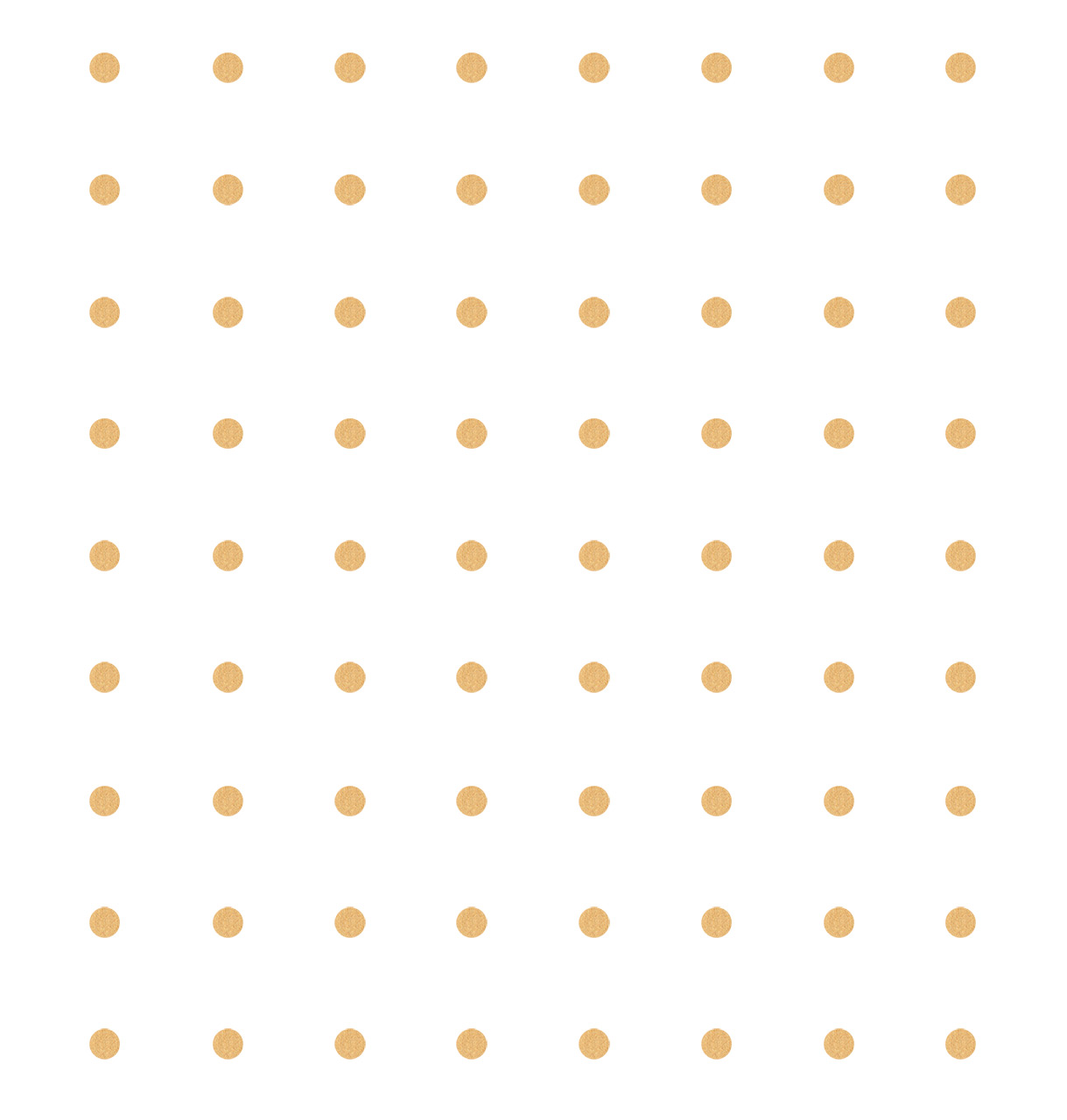These general aspects are confronted with the format, the composition and the color. Roy prefers the square. He opposes small, geometrical and fluctuating inner forms and the base or, such as in his works from 1989, the constructive aspect of the grid and a pictorial gesture. However, Reinhard Roy comes always back to the rigor of his pure grid surfaces. He accentuates them by using overlaps, emphasis and a modification of colors. The pictorial space is also part of these surfaces. It surrounds them, and at the same time it constitutes a real separation from the border. The form of delimitation between the center and the border influences this structure to a large extent. There is a range from simple differences between colors to different form and autonomous constructions, even inside the surface. In some of his works different layers of colors and the grid qualify the division of the painting.
Reinhard Roy’s works do not refer to the harmonization of heterogeneous elements, but to the presentation of a universal entirety.
Heinz Gappmayr
The grid and the universal pictorial form
The grid is an essential and significant motif in the paintings and objects of Reinhard Roy. Due to the grid the minimalist forms are put into a context, which determines Roy’s artistic conception. The grid as a means of expression of entropy and identity indicates infinity. The eye is absorbed in the variety and the repetitions of the particles, which only differ according to their position. The grid surface is unlimited towards the exterior, it can be enlarged or reduced.
Roy’s paintings are for him the documentation of processes. That’s why he uses titles such as “Reciprocal Processes” and “Grid in Progress”. The grid corresponds to a dynamic aspect. Contrary to compact color surfaces the grid signifies change and instability. The same goes for the colors: Subtle half-tones underline the effect of floating and differentiation. Beyond the limits of the surface the colors are the universal aspects of the painting.
